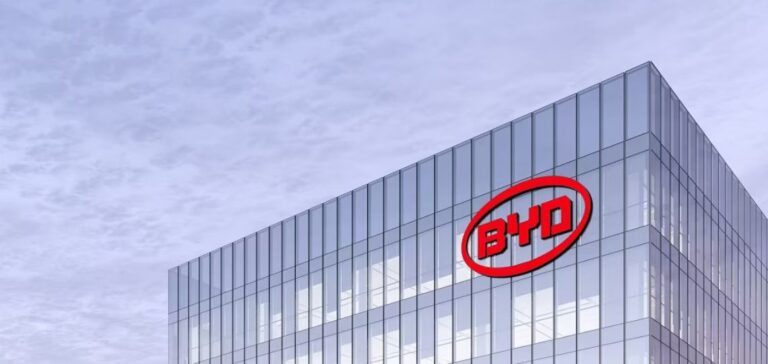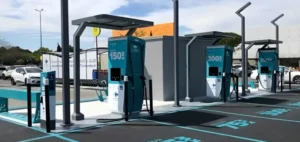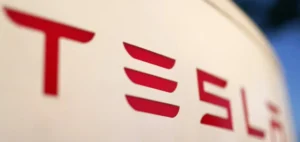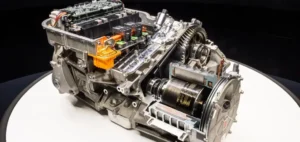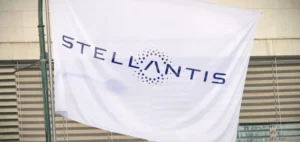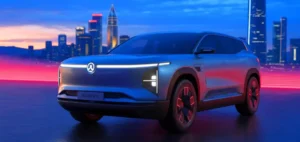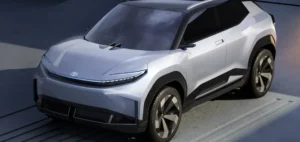In 2023, BYD made a net profit of 30.04 billion yuan, almost doubling its earnings from the previous year. This year-on-year increase of 80.7% contrasts with the even faster growth of 2022, when net profit rose by 445.8%. Sales also increased, reaching 602.3 billion yuan, up 42% on the previous year. These results are in line with BYD’s forecasts announced in January, which estimated profits of between 29 and 31 billion yuan.
Market context and strategy
China, aiming for predominantly electric and hybrid car sales by 2035, has seen its electric market grow rapidly. This growth was stimulated by purchase subsidies, which expired at the end of December 2022. Against this backdrop, BYD and other local manufacturers have engaged in a price war, despite an economic slowdown and a relatively slow recovery in automobile consumption in early 2023.
Competitor comparison
What sets BYD apart from its competitors is its high-volume production capacity, which enables it to achieve economies of scale and offer aggressive pricing. By way of comparison, XPeng, another national manufacturer, posted losses of 10.4 billion yuan last year. Analyst Tu Le points out that BYD’s main advantage lies in its mass production, which helps keep costs under control.
BYD’s international expansion
In addition to its success on the Chinese market, BYD is expanding its international presence, notably with the construction of a plant in Hungary. Founded in 1995 in Shenzhen, the group has evolved from a battery specialist to an international player in electric cars, marketing its vehicles in some 60 countries.
BYD has passed the milestone of 5 million hybrid and electric vehicles produced, becoming the first global manufacturer to do so. The Group also supplies batteries to other global automakers, including Tesla, BMW, Mercedes and Audi. This mastery of the electric vehicle production chain, from batteries to finished product, gives BYD a significant competitive edge in the market.


